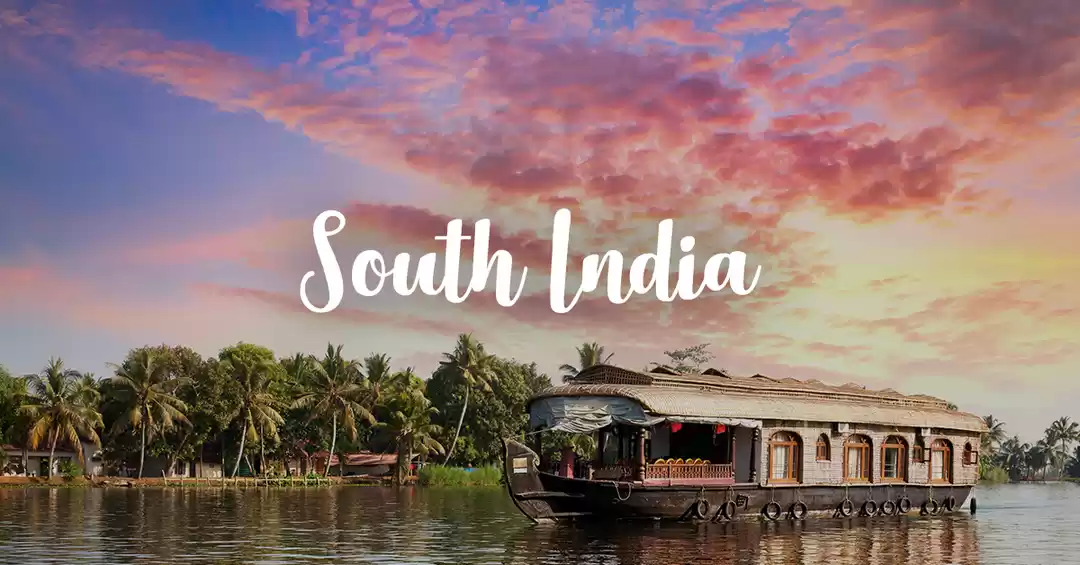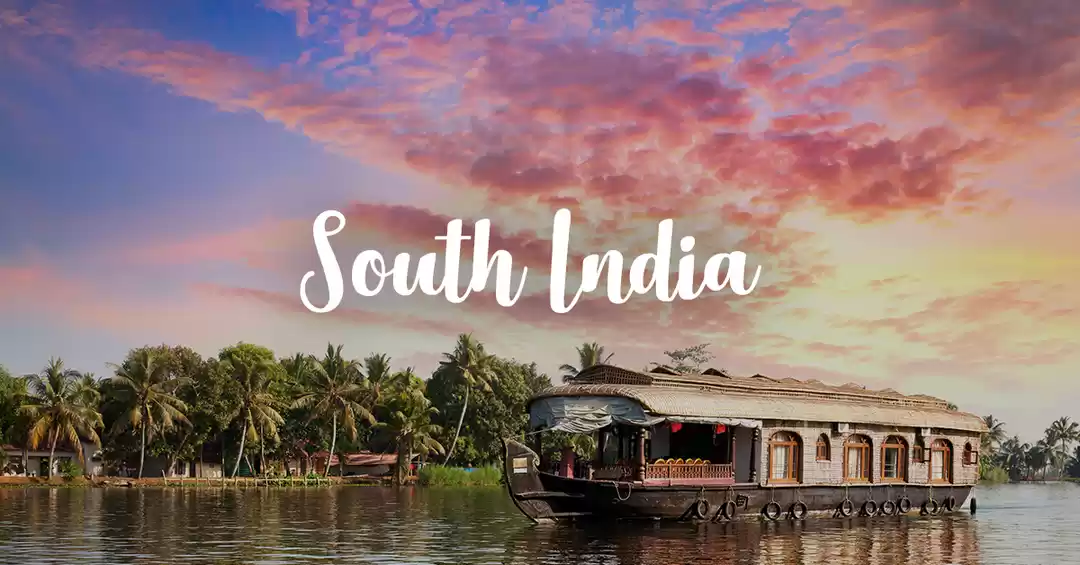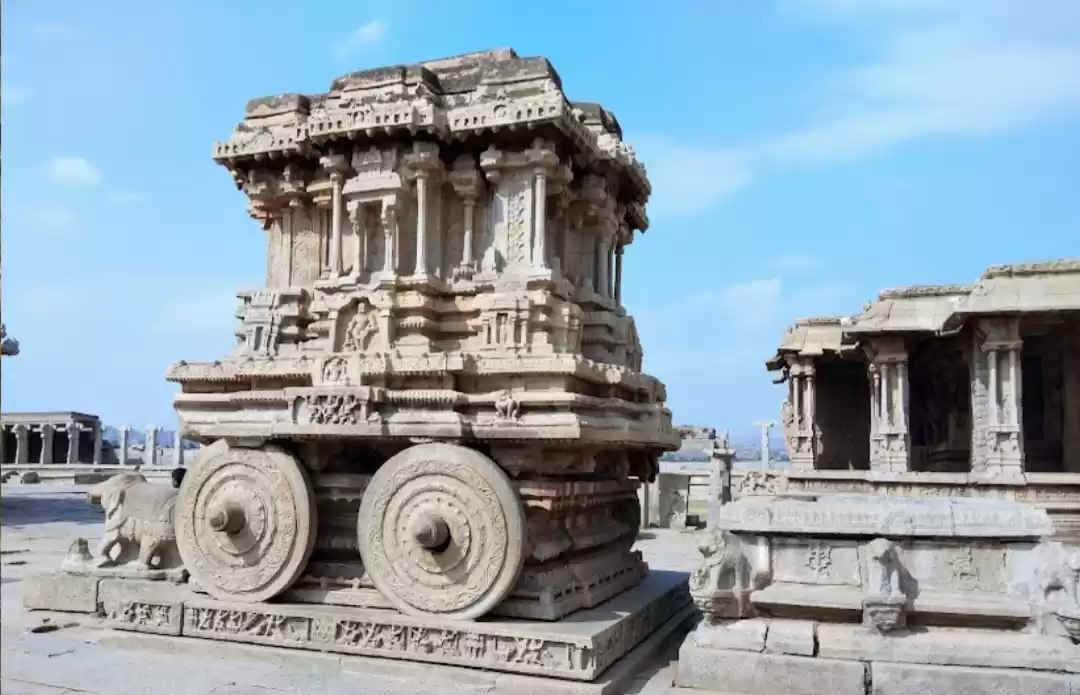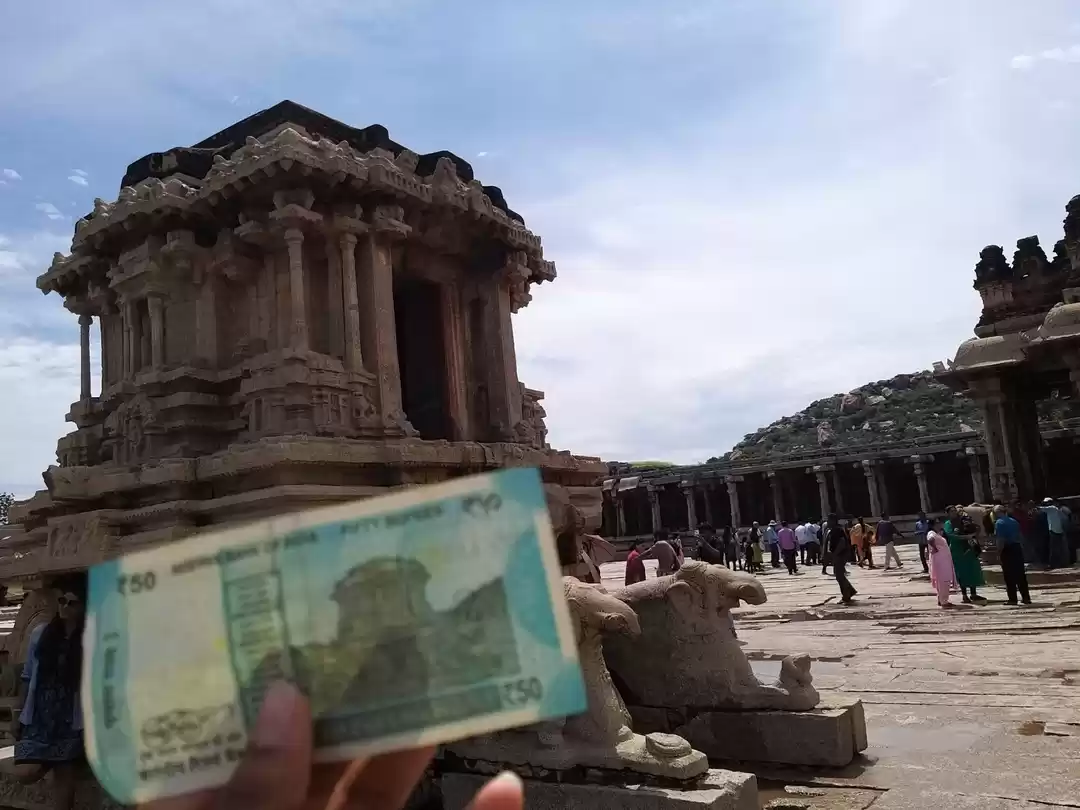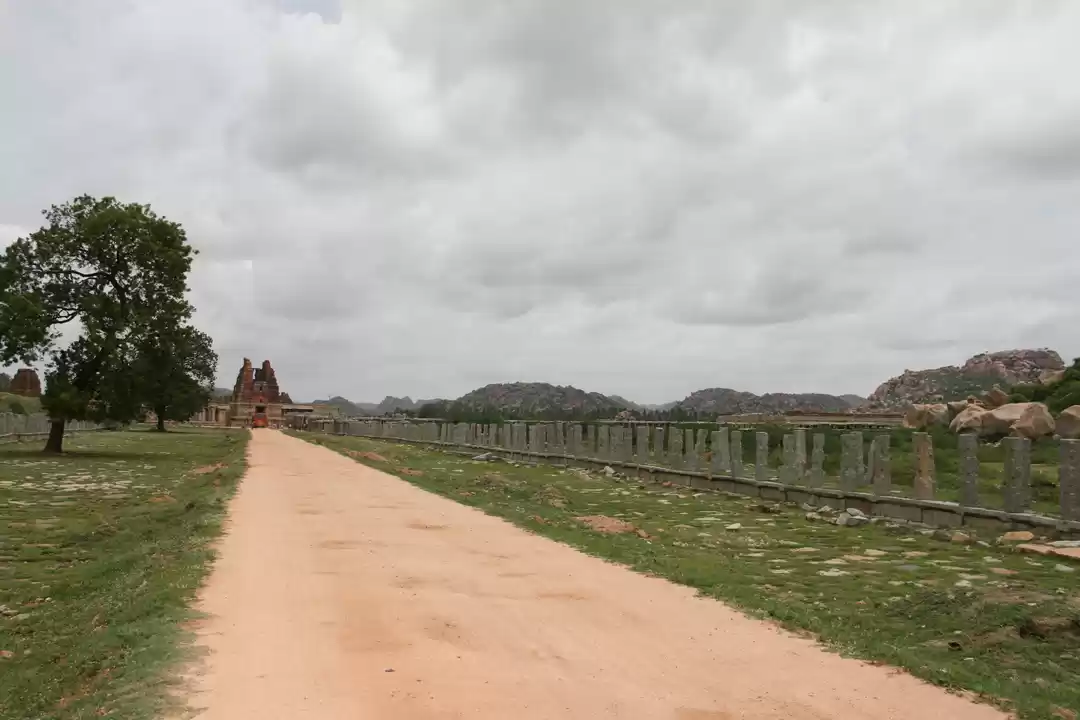








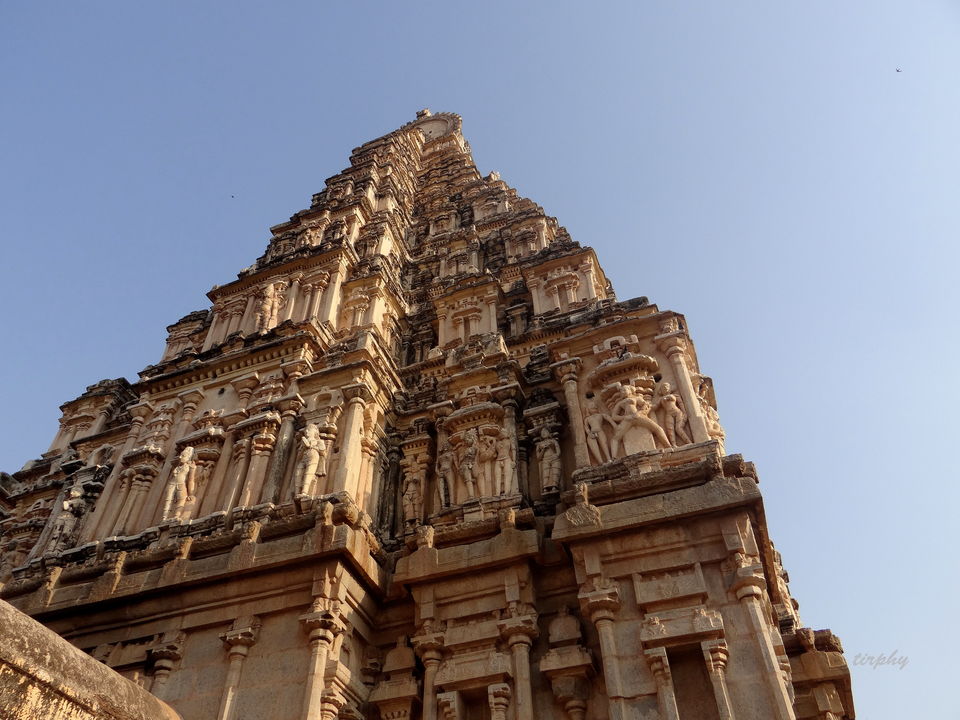

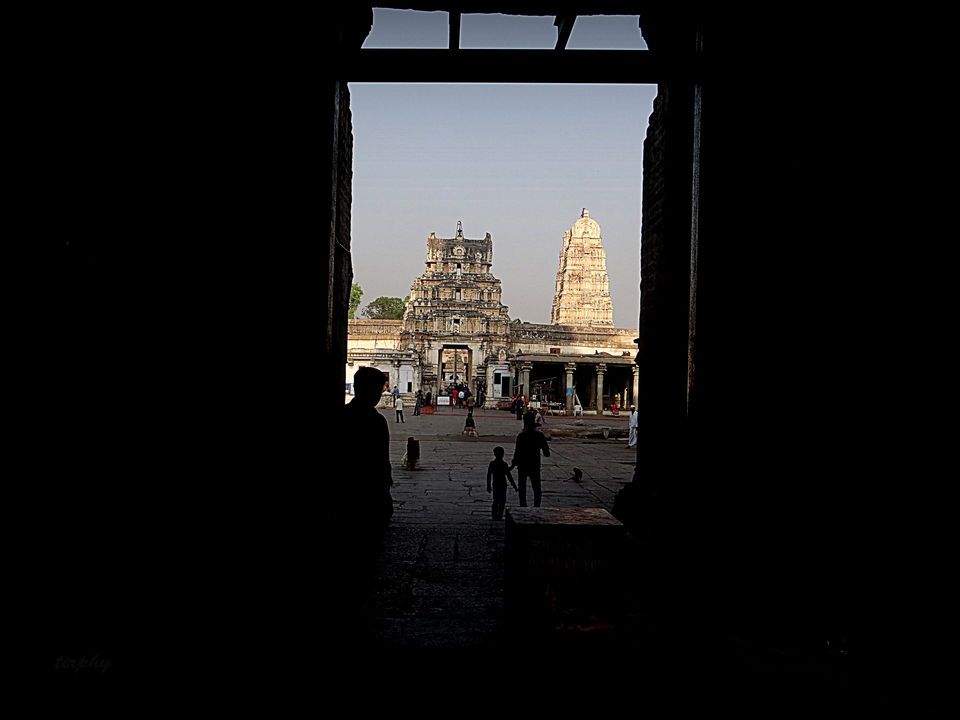










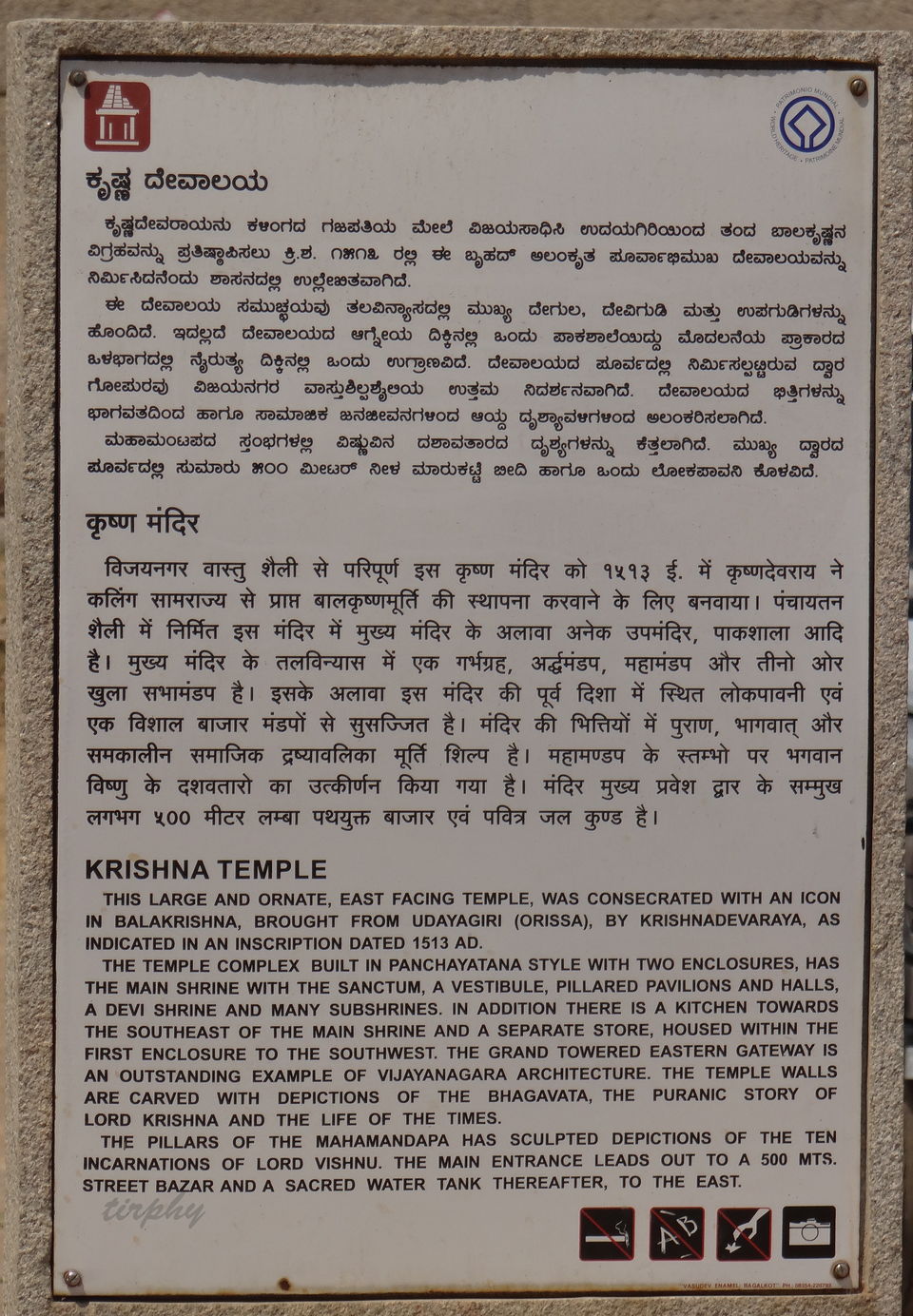











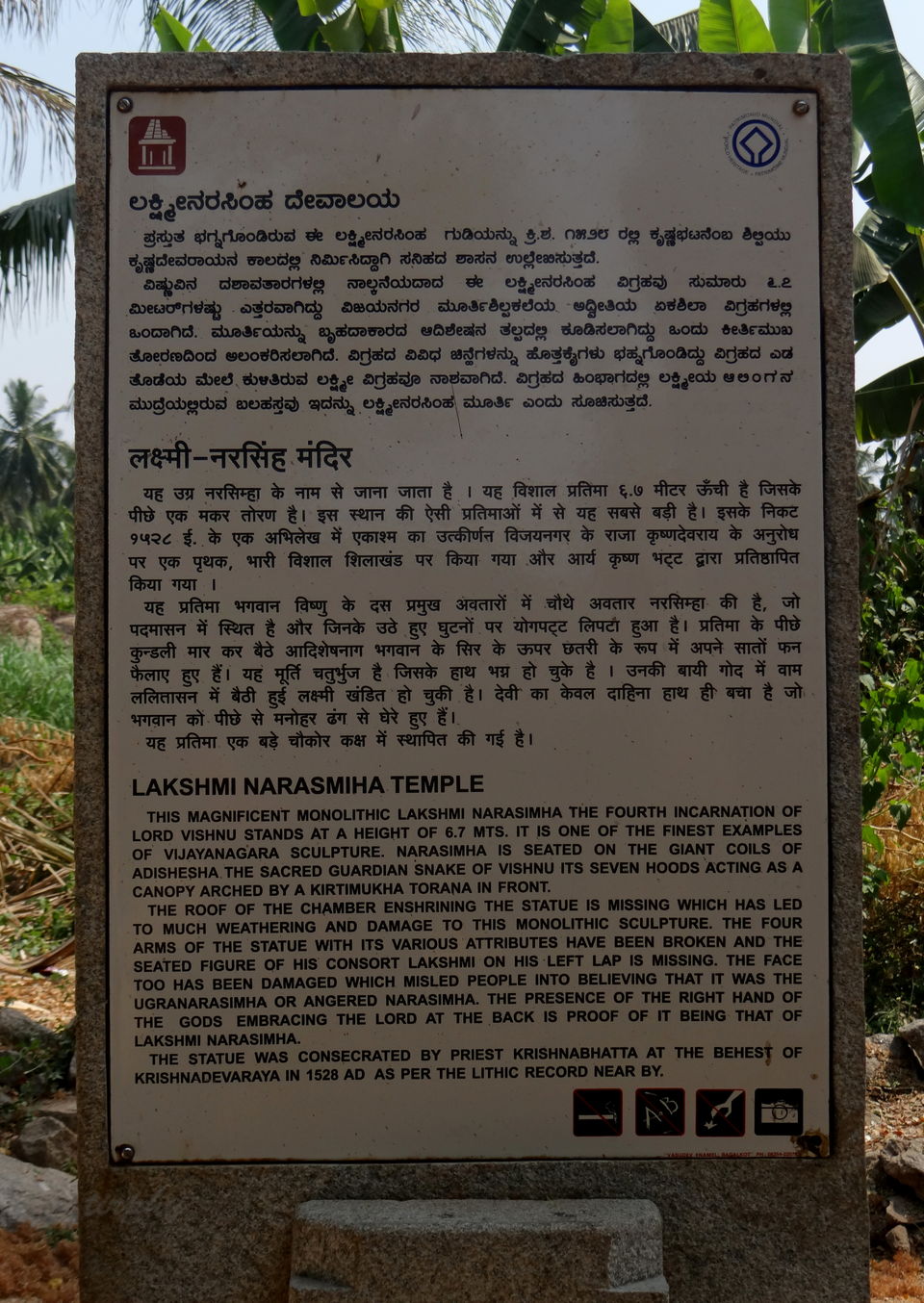
























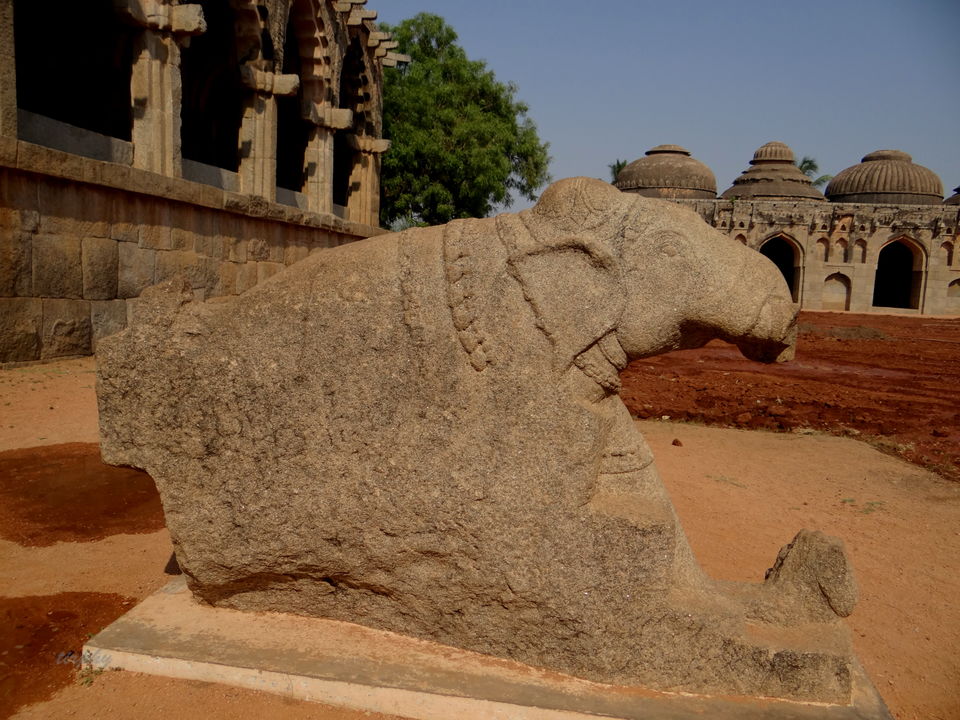










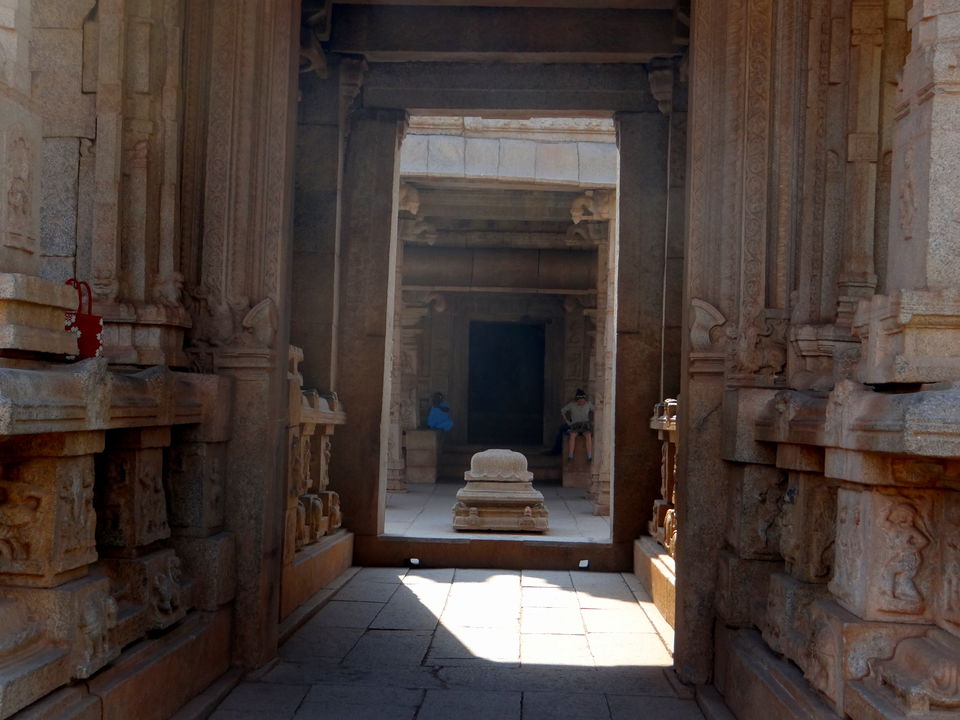
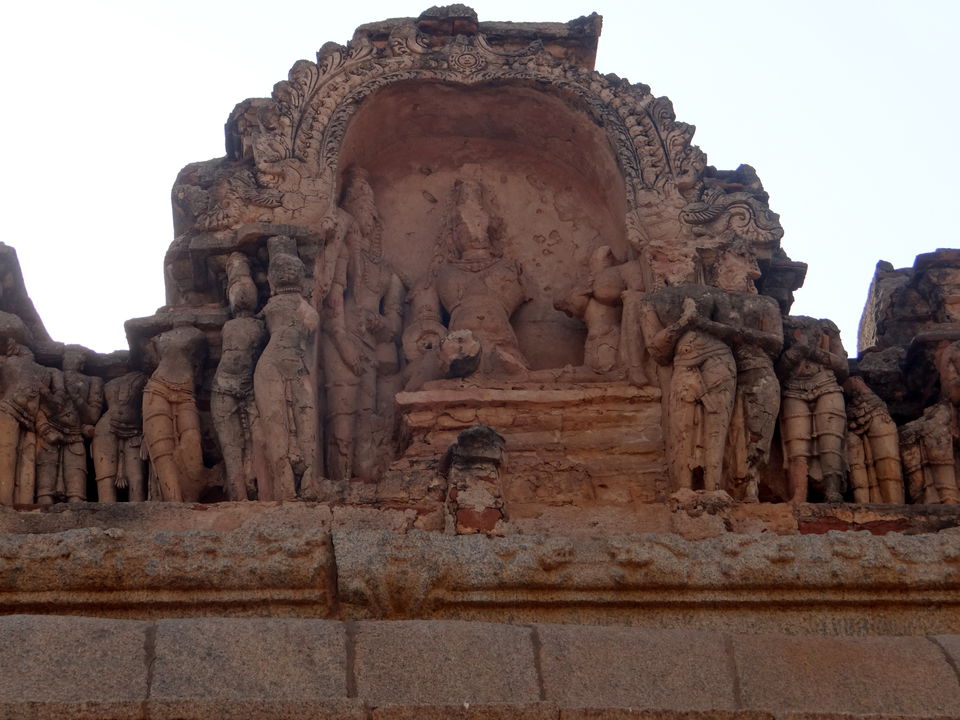























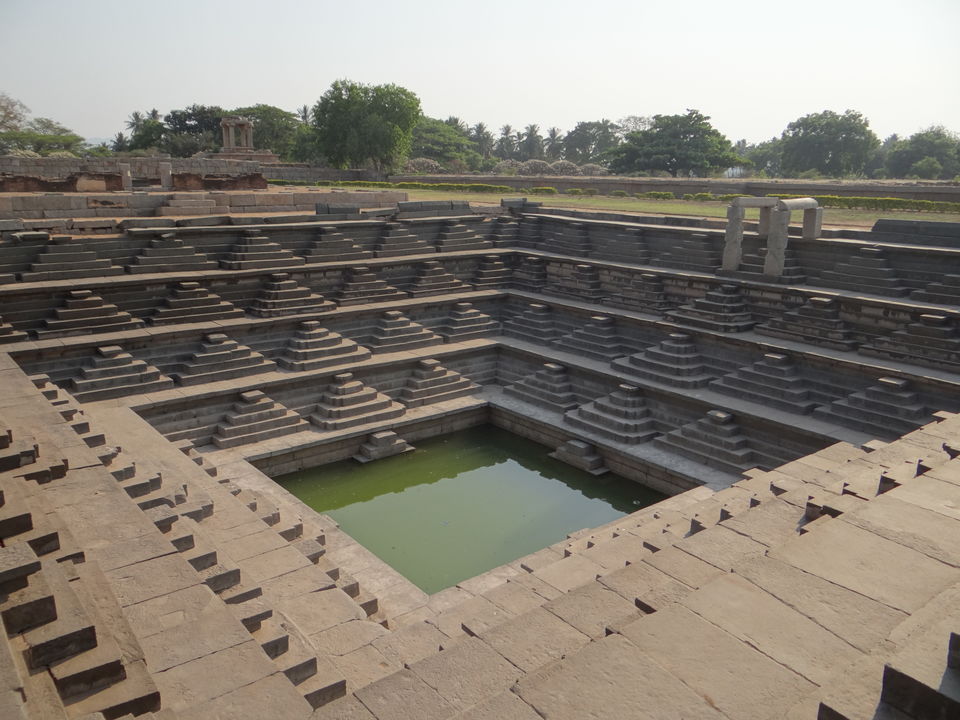






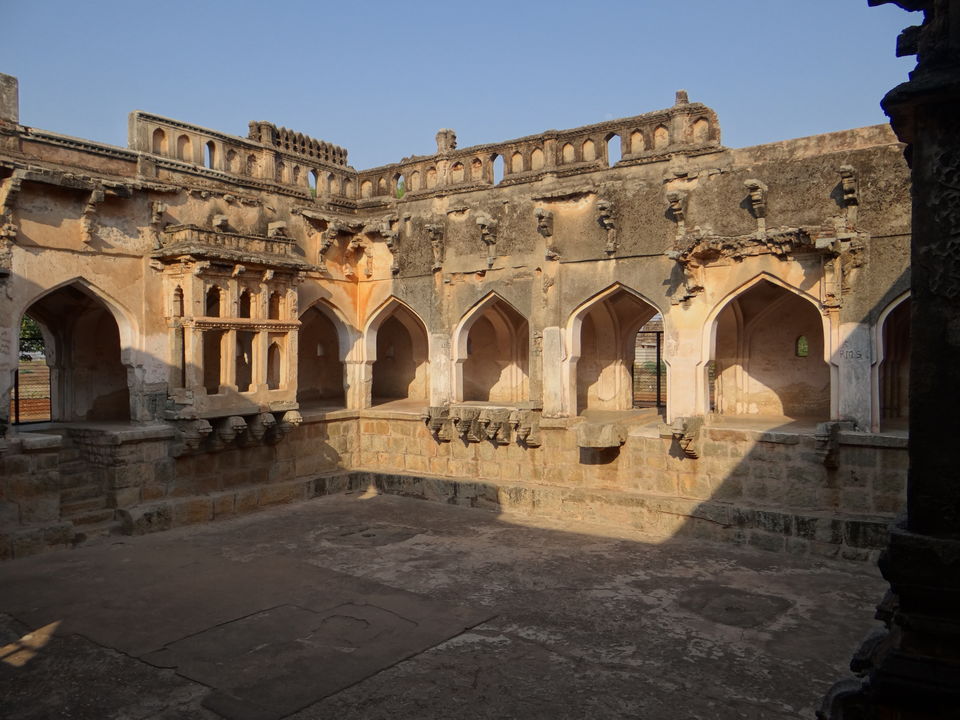
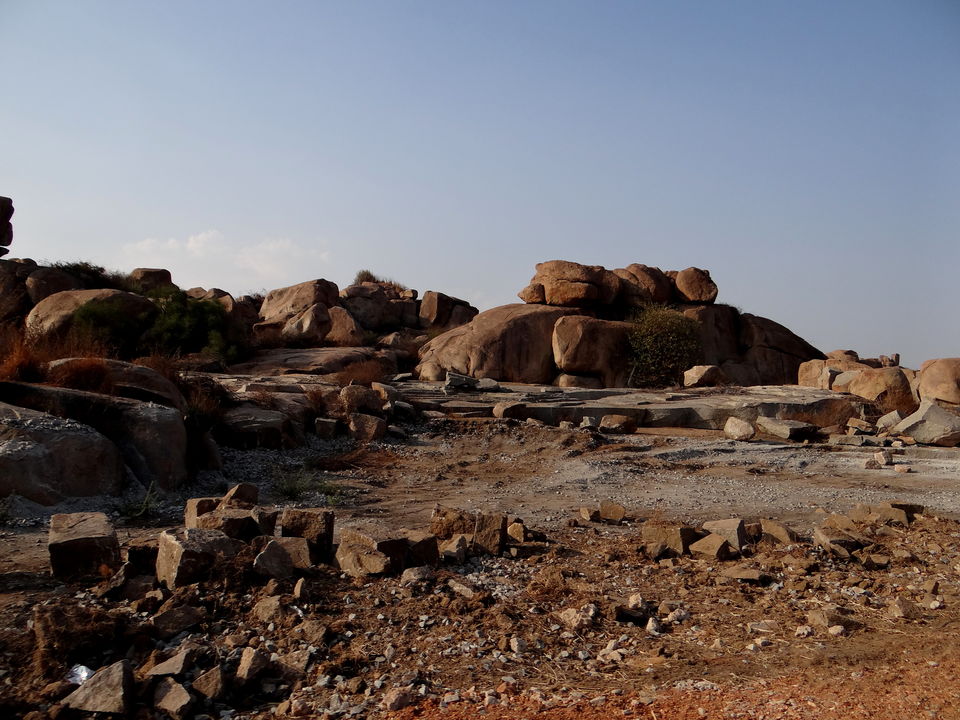









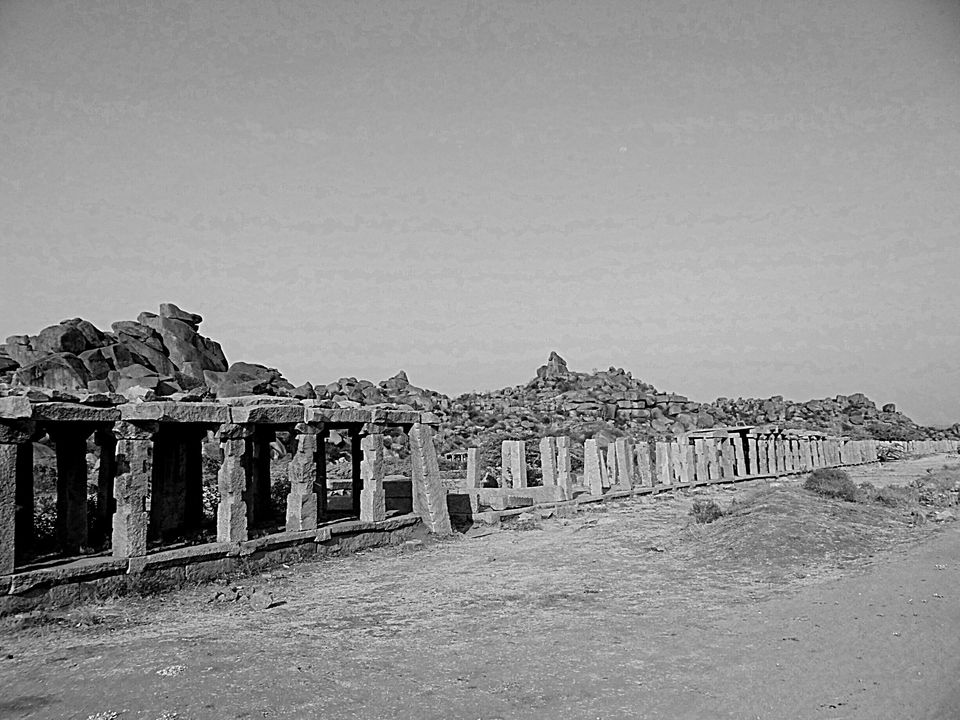














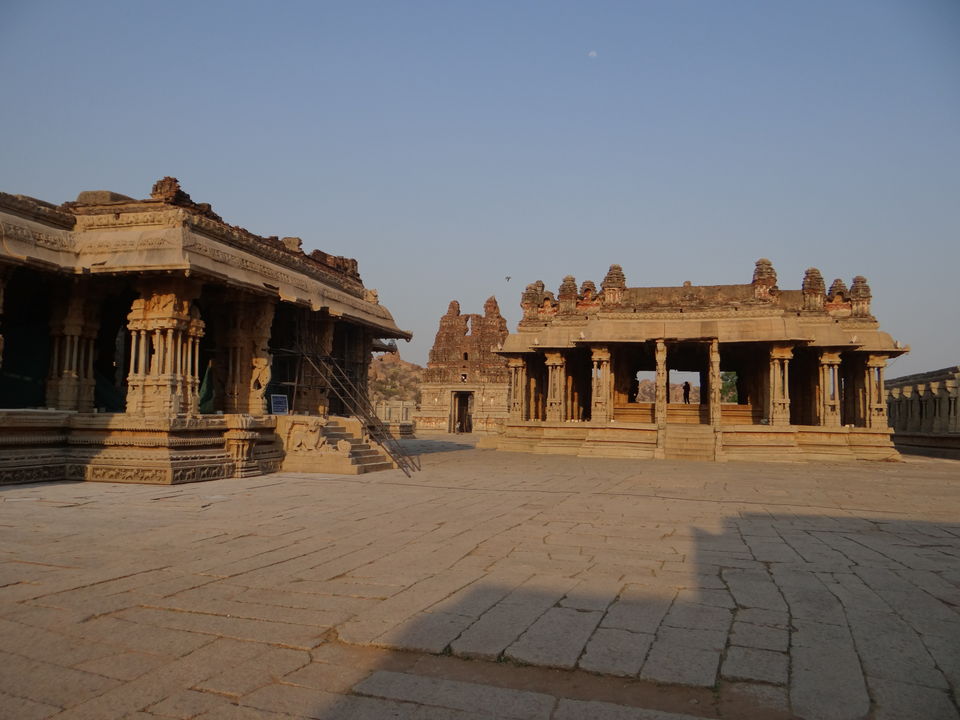





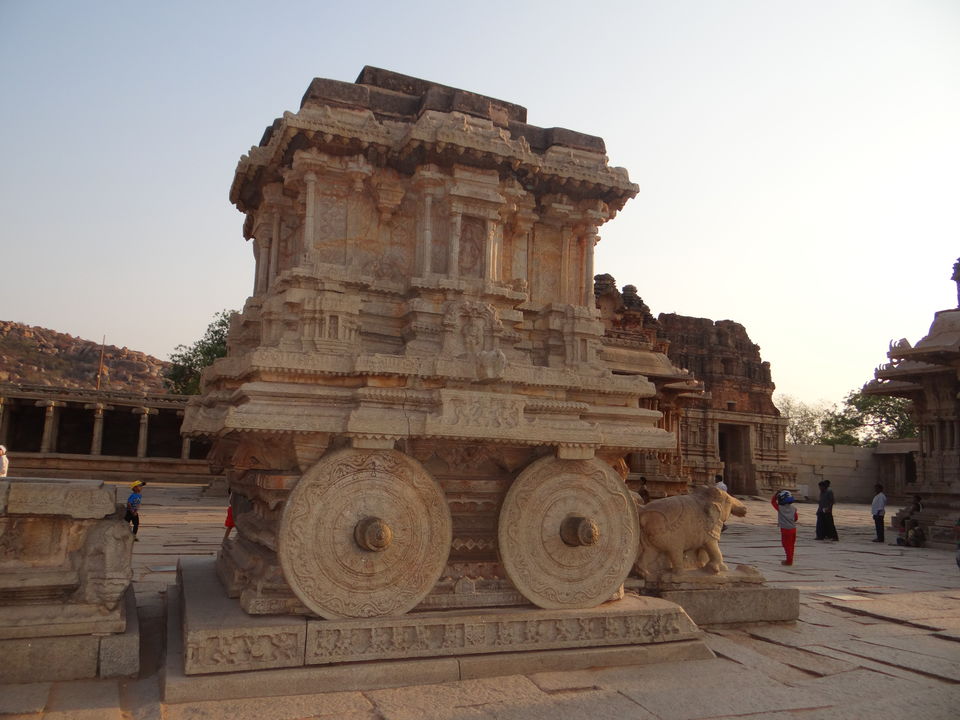


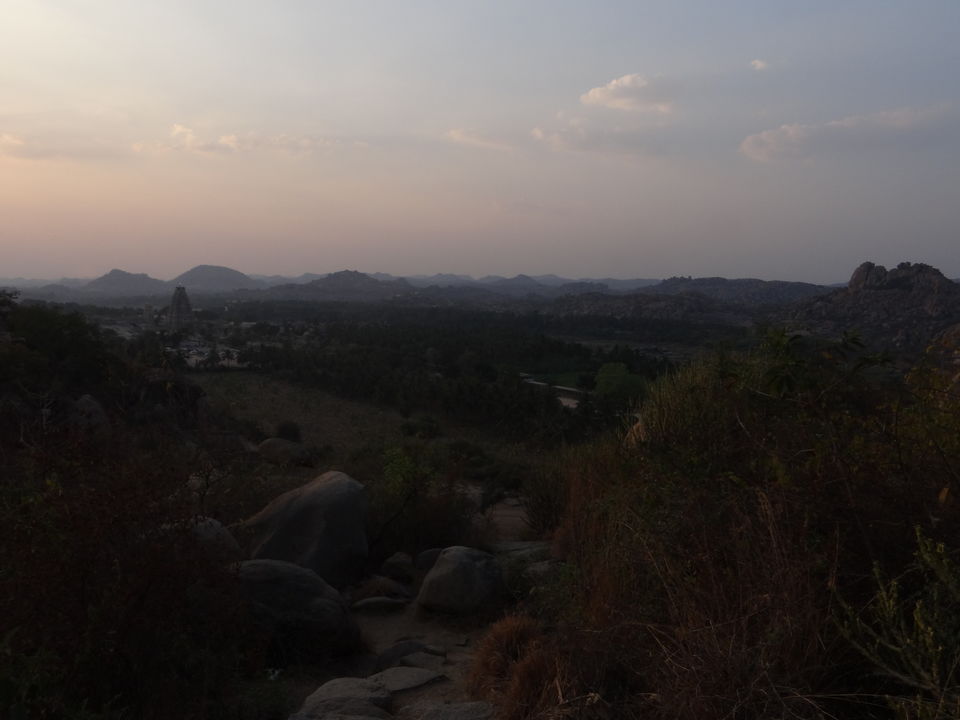

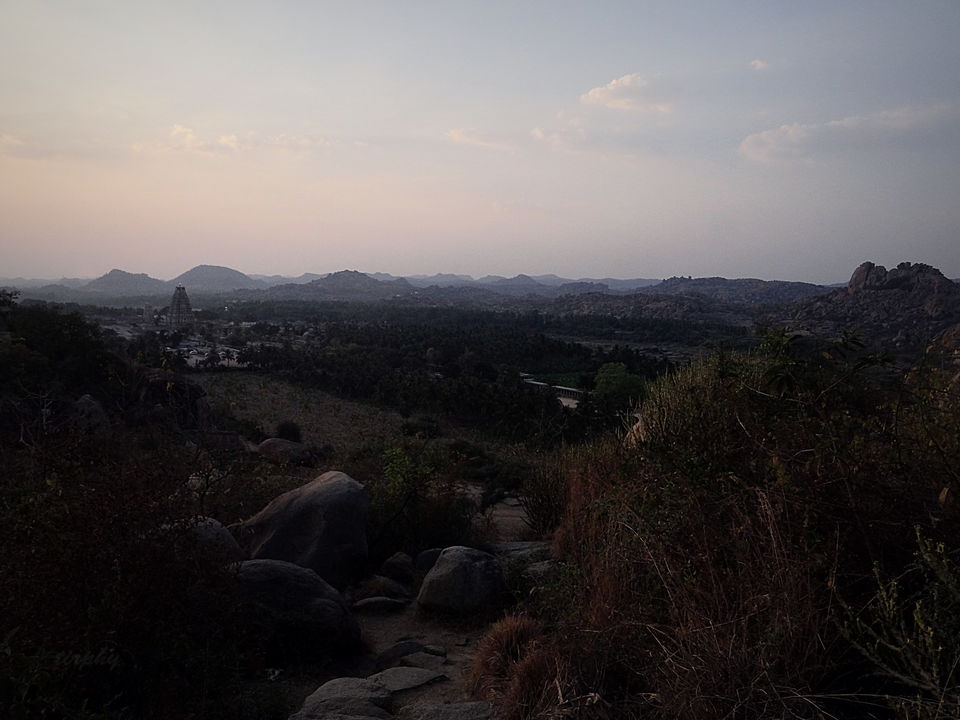













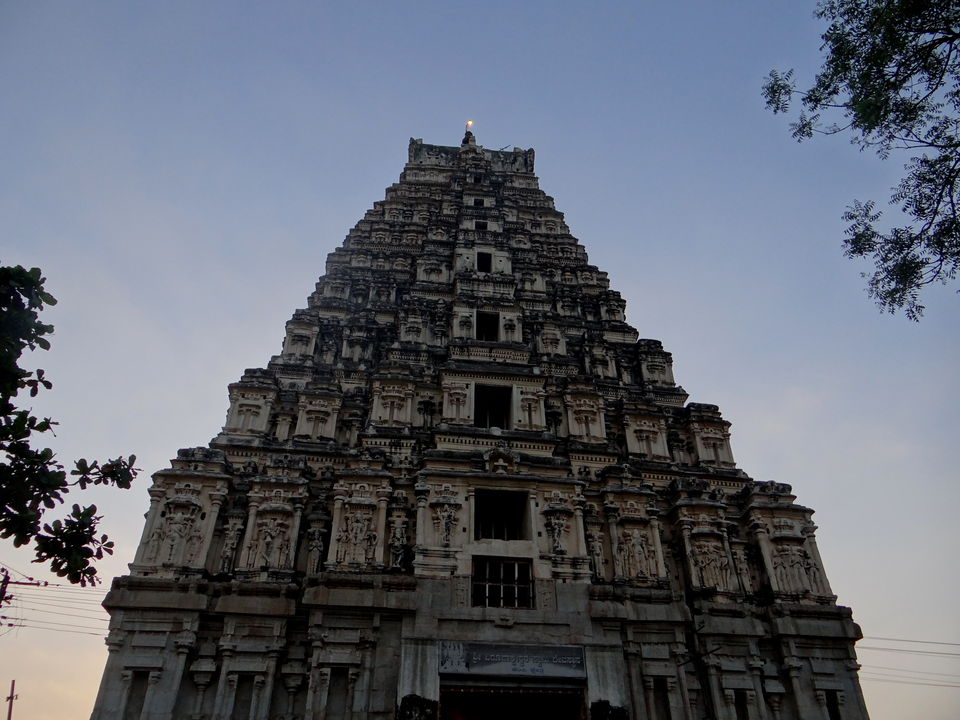









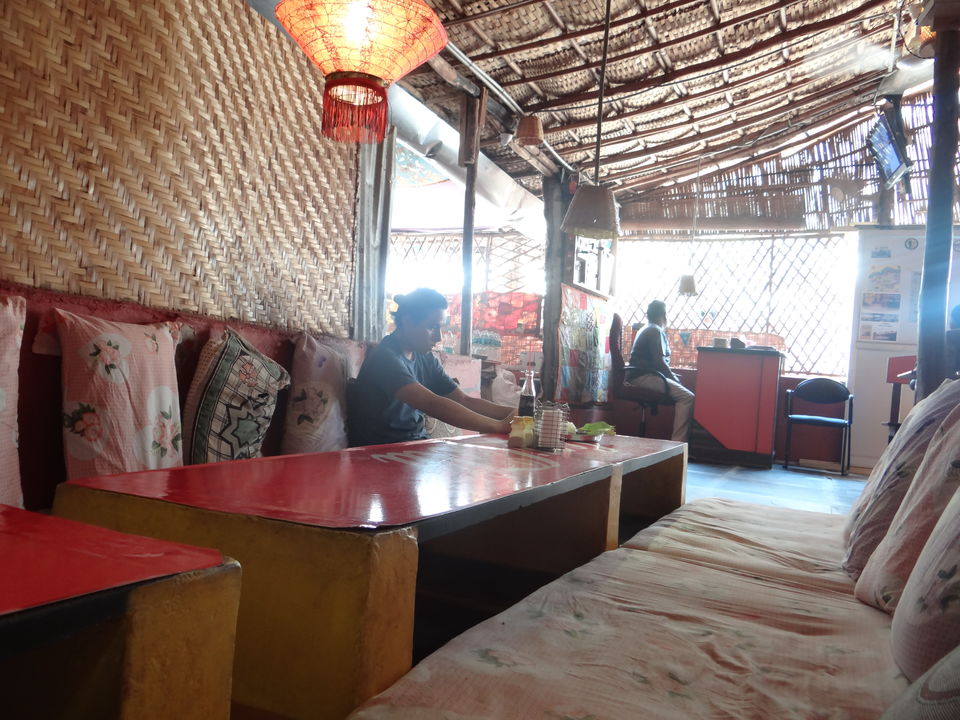

Hampi, Let those architecture tell you the history of Vijayanagar
I am neither good in telling a story nor good at writing it. So just few notes of information about Hampi, for those who love to travel and explore new places... I will be happy if this account comes to their help. Hampi/Vijayanagar is a beautiful village located in the northern parts of Karnataka. The place is filled with amazing architecture. In terms of weather, it is on the hotter side. It is extremely hot in the afternoon and it’s advisable to spend that time under shade. It is the best time to charge your camera and as well as your body. There are few restaurants near Virupaksha Temple. Mango Trees found here is amongst the very best according to google as well as travellers. In terms of food, it is simply amazing! In March in the afternoon temp is close to 37-39 deg C. You are advised to drink lots of lots of water but really no need to carry too much water since water is easily available.
Please start by checking the map. The full round trip starts and ends at Virupaksha Temple (Hampi Bus stand). If you are sure that you can complete the trip in cycle then go for it. Cost INR 100-150 for normal cycle, gear bicycle will be around INR 200-250. We were 3 and it's very hot, so we tool a soft decision considering the timing (It was almost 10 am when we decided we would try to complete all the Group of Monuments at Hampi today itself! There is a closing time for few monuments; it is 6 o'clock in the evening. You should spend at-least 5-6 hours to complete all the monuments at Hampi peacefully. So guys plan
according to your strength! If you want you can divide the trip. But then it will add few extra bucks in your expenditure.
We reached Hampi Bus Stand on a fine Saturday morning 7:00 am after a long journey from Chennai to Bangalore (Lalbagh Express) then Bangalore to Hampi (KSRTC)! We spend some random moments there in Hemakuta Hill. Morning sun light is hitting the amazing architecture! Lights are coming through the beautiful Matanga Hills... Took some random picture of Hemakuta Hill and finally we crossed the hill and witness the biggest as well as tallest monument Virupaksha Temple. There we spend quite some time to understand how we should explore Hampi! Because its huge! You need to plan otherwise one would not be able to finish all the monuments within 2 days... You will be scattered by those uncountable beautiful ruins of Vijayanagar kingdom.
We decided not to explore Hampi by bicycle! We booked auto after a lot of bargaining. We, 3 people, toured for 4 hrs (which eventually became little more than 5 hrs) for 500INR. I would like to throw light on some of the notable points in Hampi:
Journey started from Kadalekalu Ganesha! Popularly known as Bada Ganesh or Big Ganesh, this giant statue of Ganesha was carved out of a huge boulder at the northeastern slope of the Hemakuta hill. The belly of this statue resembles a Bengal gram (Kadalekalu, in local language) and hence the name, Kadalekalu Ganesha.
Then Sasivekalu Ganesha, popularly known as Chota Ganesh, is located on the southern foothill of the Hemakuta Hill. There are some interesting stories are there about Lord Ganesha in Hindu Mythology. :)
After Lord Ganesha, it's time for Lord Krishna. Our next, was one of the must visit sites in Hampi, the Sri Krishna Temple! This temple was built by the king (Krishnadevaraya) in 1513 AD to celebrate the conquest of the eastern kingdom of Udayagiri or Utkala. The main idol installed in the temple was the figure of Balakrishna. This is one of the few temples where the epic stories are carved on the walls of the tower. Just across the main road, one can visit Krishna Bazaar as well. We got some nice areal view of the Krishna Bazaar while climbing the Matunga Hill for sunset view. As you enter from the Krishna Temple side, you can see long rows of pavilions along the bazaar street. A little ahead along the bazaar is the sacred tank called Pushkarini.
Next stop was Lakshmi Narasimha Temple. It's not a big temple. It contains a beautiful, very big statue of Lion headed man (Fourth Avatar of Lord Vishnu). Sometimes this is referred as Ugra Narasimha (i.e. Narasimha in its terrifying form). The protruding eyes and the facial expression are the basis for this name. This is actually the largest statue in Hampi I could find. Narasimha is sitting on the coil of a giant seven-headed snake called Sesha Nagh. The heads of the snake acts as the hood above his head. The God sits in a cross-legged Yoga position with a belt supporting the knees. In Hinduism, Shesha, also known as Sheshanaga or Adishesha is the nagaraja or king of all nagas and one of the primal beings of creation. Vishnu is often depicted as resting on Shesha. Shesha is considered a servant as well as a manifestation of Vishnu. He is said to have descended to Earth in two human forms or avatars: Lakshmana, brother of Rama; Balarama, brother of Krishna.
So after two Ganesha then two Vishnu, it's time for Lord Siva!
Badavilinga Temple is a small temple in Hampi dedicated to Lord Shiva. The Hindu deity Shiva is worshipped in the form of a Linga in this temple. The huge Shiva Linga of the Badavilinga Temple is situated inside a small stone chamber. It is located beside the Lakshmi Narasimha Temple.
Next destination was Underground Siva Temple. It is also known as Prasanna Virupaksha Temple. The Prasanna Virupaksha temple dates back to the 14th century AD. The temple discovered in the 1980’s, is dedicated to Lord Shiva. The temple stands amidst a beautiful lawn covered in green. An interesting fact is that it is located a few metres below the ground level. Another thing to note is that the sanctum of the temple remains submerged under stagnant water throughout the year. There are different stories floating in the local circles about this temple. One of the popular stories is that the sacred water of the temple is connected with Tungabhadra River.
Next one is very popular Zenana Enclosure. This is one of the few places in Hampi where visitors have to pay for the entry ticket. It's nothing but a private enclosure for the royal women and the Queen. The major attractions include, the Lotus Mahal, located at the southeast corner of Zenana Enclosure. The Queen’s Palace (only the basement is visible) is located at the middle of this enclosure. Three watchtowers can be seen at the corners of the enclosed area.
Inevitably, our next destination was The Elephant Stables. The elephant stable is located in the area that lies just outside the Zenana Enclosure. It is an epitome of Indo-Islamic style of architecture. Though most of the structures and monuments in Hampi were built using the Vijayanagar style of architecture, a few structures display the Indo-Islamic style as well. May be this is the reason that is is one of the very few structures that have not suffered extensive damage during the Mughal attack on Hampi. Guards House can be found on the right hand side of the sables. It was closed during our visit.
The next on the list was Parshwanatha Temple. A small specimen of Vijayanagar style of architecture, it lies few meters east of the Elephant Stables. Here you will find Parshwanatha Temple in right side and Vishnu Temple Complex on left side.
Next on the line was Madhava (Ranga) temple (Also known as Ranga temple), situated in the south east corner of the Zenana Enclosure.
We then visited the Hazara Rama Temple, another important shrine in Hampi. The temple is dedicated to Lord Rama (Vishnu). You can spend some quality time, like we did to capture the art work inside the temple. Probably this is the only temple in the capital, decorated with lovely bas relics and panels telling us the story of the epic Ramayana. The temple got its name Hazara Rama (a thousand Rama) Temple because of those Ramayana panels on its walls.
The ruins of Pan Supari Bazaar can be found just in front of the Hazara Rama Temple. The Pan Supari Bazaar is one of the four main market places that existed during the Vijayanagar Empire. The name Pan Supari Bazaar is very interesting as it is a combination of two terms – Pan and Supari. The terms Pan and Supari refer to betel leaf and areca nut respectively. What one see is nothing but a few monuments which are totally ruined and a tall flag post stands near the Hazara Rama Temple area.
The next attraction is actually another enclosed ground full of scattered interesting relics. It's popularly known as Royal Enclosure. The most imposing structure inside the enclosure is Mahanavami Dibba, locally known as the Dassera Platform or the ‘House of Victory’. Another big attraction, the Stepped Tank, is located in the southeast area, called Pushkarani. This Royal Enclosure is a wide-open ground with no shelters inside. A good deal of walking is to be done here. So try to visit this place in the evenings or in the early mornings! We faced the problem of fatigue and could not enjoy the beautiful view of Hampi ruins from the top of Mahanavami Dibba,
Then we stepped on to The Queen’s Bath. As the name suggests, it used to be a colossal bath for the royal ladies, in particular, the Queen. This signifies, that whatever the Kings of Vijayanagar made, they made it big and beautiful. The building has a moat surrounding it on all sides may be because of the security of royal women.
We are almost done now, but still we were yet to cover something very special. Yes, it is indeed The Vitthala Temple, the deserving epicenter of Hampi's attractions. It is the largest and the most famous structure in Hampi. The temple is located in the north eastern part of Hampi, near the banks of the Tungabhadra River. Vitthala - means Vishnu is enshrined in this temple. Eastern entrance tower, next to the ticket counter, is the main entrance. Entering through this epic tower, the first thing that cought my attention was the beautiful Stone Chariot! It is the icon of Hampi. It is considered to be the most stunning architecture of the famous Vijayanagar Style of Architecture. The compound is surrounded by high walls and three towering gateways. The temple complex has many halls, shrines and pavilions located inside it. Each of these structures is a beauty in itself. Few of them are very famous - "Devi Shrine", "Maha Mantapa" or Main hall (also known as Sabha Mantapa or congregation hall), Ranga Mantapa, Kalyana Mantapa (Marriage hall), Utsava Mantapa (Festival hall).
We were almost done and the Sun too, was all set to hide for one more time. We were totally engrossed and mesmerised by Hampi and all its great architectural marvels. As I was watching the Sun setting into the distant unknown mountains, I was wondering about the great historical past of the region. Hampi, in a true sense, had ventured into my soul. Its history kept on taunting me and made me realise that not more than 5 centuries ago, a couple of similar sunsets occurred. The Sun sets everyday promising to rise again the next morning and it always keeps its promise. But the rulers of Vijayanagar were not as lucky. I felt that perhaps the King also used to stand and admire the lovely scene at sunset with hopes for a fresh beginning. Little did he know about the dangers of the impeding sunset, one in which the Sun would never rise again for his kingdom. Vijayanagar was invaded by the Nizams of Hyderabad and consequently, it fell and could never recover. And thus the history of this ended, once upon a time great kingdom of Vijayanagar, which nowadays enlightens our history textbooks. Finally, a long day at Hampi ended just by exploring the beauty of Great Vijayanagar Indian Architecture.
We are staying in Hospet, so we have to up-down from Hospet to Hampi and vice versa quite a lot. Important information: Hospet to Hampi auto fare is INR 150. Try bus, lot of buses are there, Karnataka government have done a great job! Bus fare is 15-18 INR for Hospet to Hampi! The time taken by bus is 30-40 mins; Auto will take 25-30 mins. We have total two days! First day we take the maximum load and second day we explore the Tungabhadra river and nearby places. Can go to the other side of the river if u want or just stay in the river side road and explore the Sugriva's Cave, Achutaraya Temple (Which were not included in our auto trip)...
That’s all folks about Hampi! Though our trip came to an end, but magnificence of Hampi will remain etched in our minds for a long time and we will keep on marveling at its splendor.





